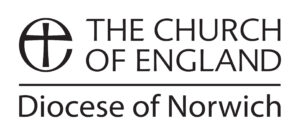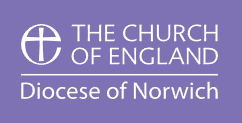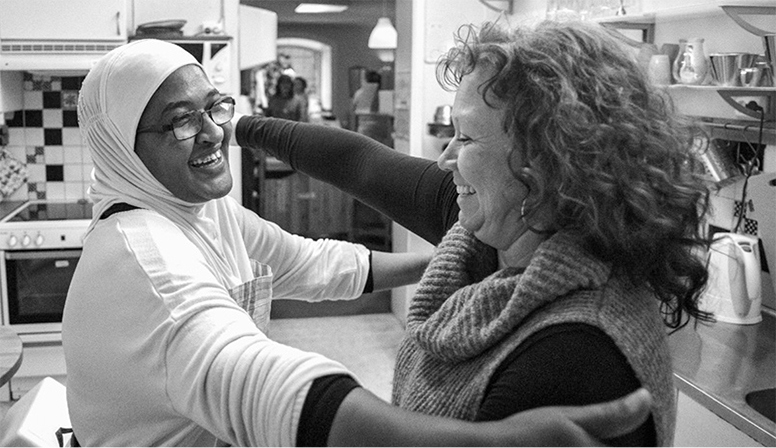For weeks the trains from Stockholm to Luleå were full of refugees. After reaching the Diocese of Luleå, the northernmost third of Sweden, some left the train in the southern part while most continued to Luleå and then by bus to reach Finland.
The small town of Haparanda is just by the Finnish border. In mid-September the number of refugees increased drastically to 500–1,000 per day.
The Diocese of Luleå coordinated the communication between parishes working at train and bus stations, where staff and volunteers handed out hot drinks, sandwiches and bags with special gifts for children. Through social media, private initiatives started for donating nappies, stuffed animals, shoes and food.
Archdeacon Lena Lindström was impressed by how fast the parishes along the train route acted: “The parishes became involved directly, on their own initiative. It was an expression of the church’s diaconal work. I’m also impressed by the persistent work that has been done and developed since. Quickly the parishes have shifted focus to working with integration.”
Juha Rauhala is vicar of Haparanda. The very same day that he was welcomed to the parish, the Archdeacon phoned him to coordinate the response. The next day 700 refugees arrived by bus.
The parish took main responsibility for the welcoming and giving aid at the border. The large influx of refugees prompted the parish to change their regular work: half the staff kept the work going with services and regular activities while the other half was at the bus station with help from Tornio parish in Finland, a total of 30 people.
“You had a few hours of work and then rest or other duties. Being on the bus station for a long time was mentally quite challenging,” said Juha.
It takes its toll working with people in crisis. In the last year Diocese of Luleå has conducted a study to see what support volunteers need when meeting refugees.
“I have seen a huge commitment and many volunteers describe having gotten ‘new lives’ thanks to this work. I have also seen many challenges, volunteers who have met and been told horrific stories about what people on the run from war and oppression have experienced,” says Satu Brännström, Archdeacon.
Juha Rauhala can relate to the study’s result:
“We had ongoing talks with our employees to process what they had seen and heard. When things calmed down we had a debriefing for the whole staff together with help from the Diocese. In the end, refugees coming to Haparanda has changed the parish to become more open, active in the community, ecumenical, inter-religious and alive.”


